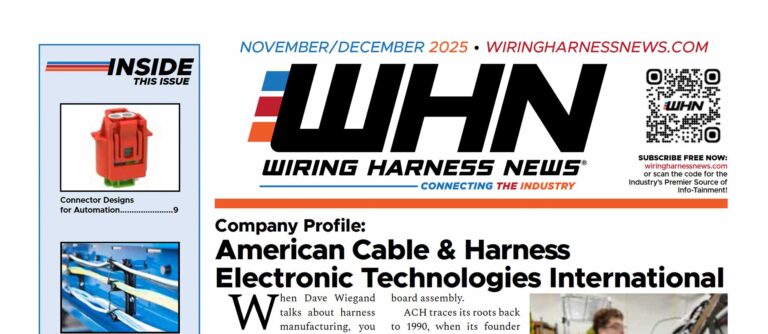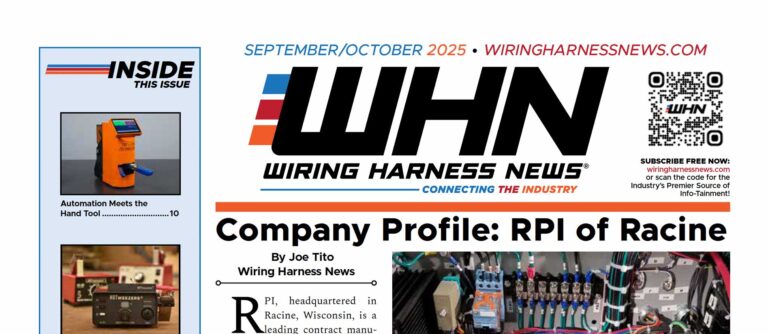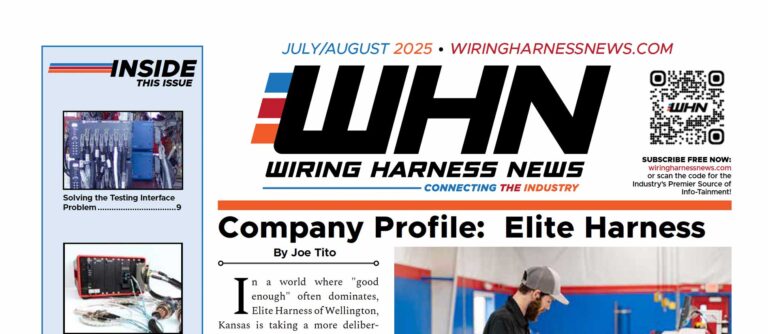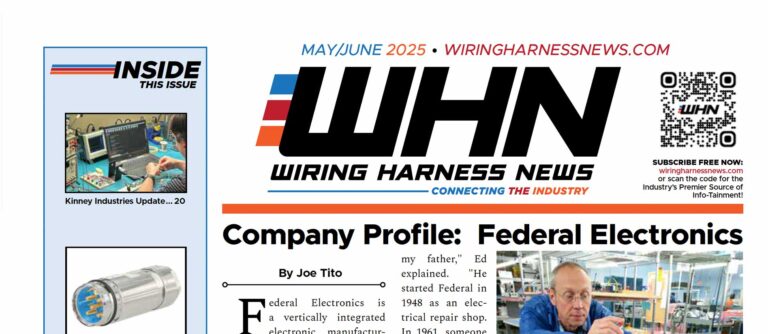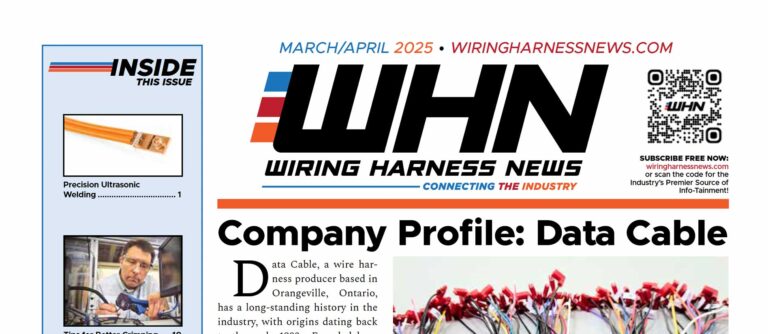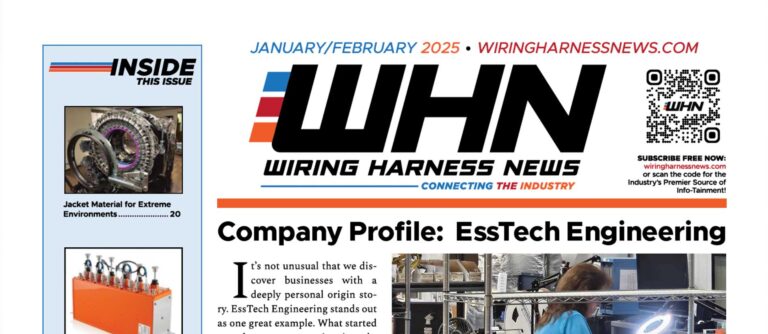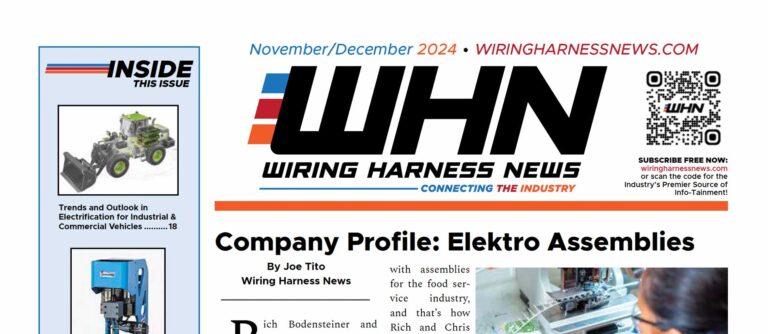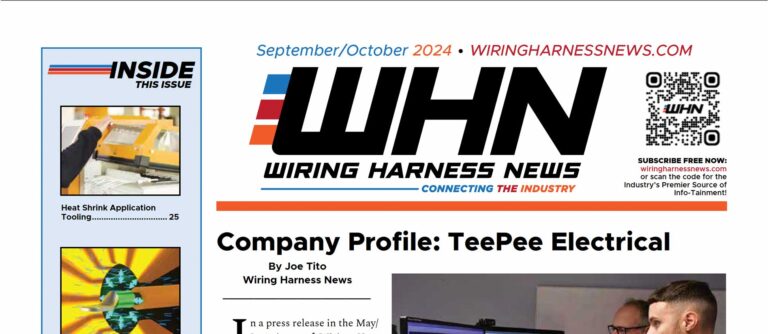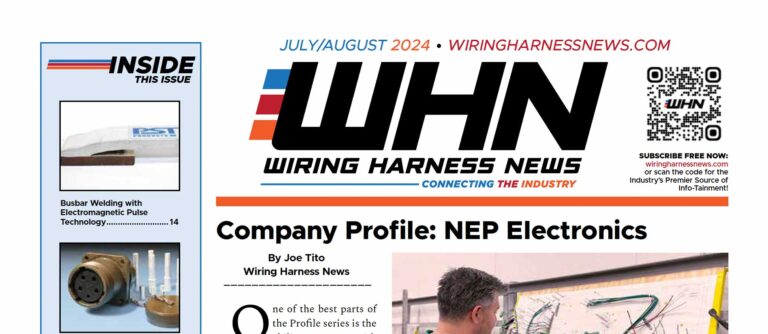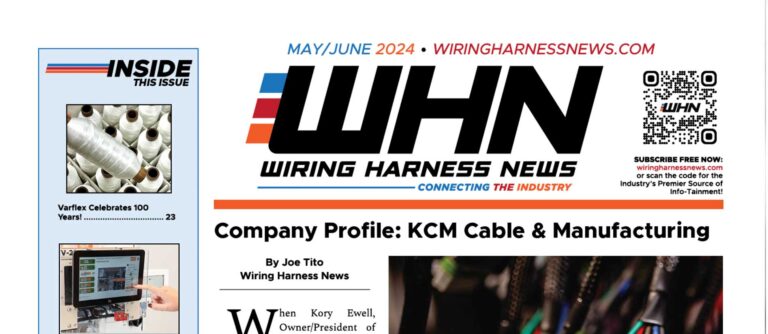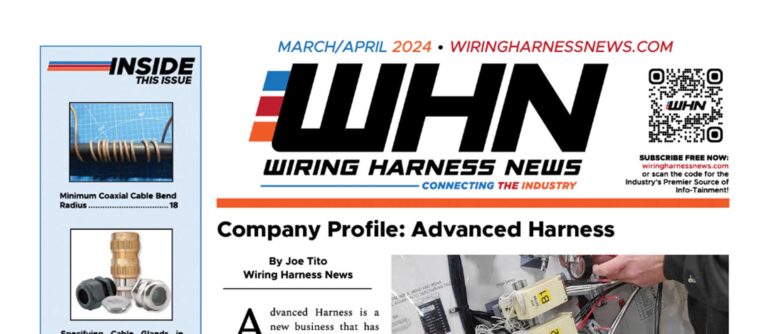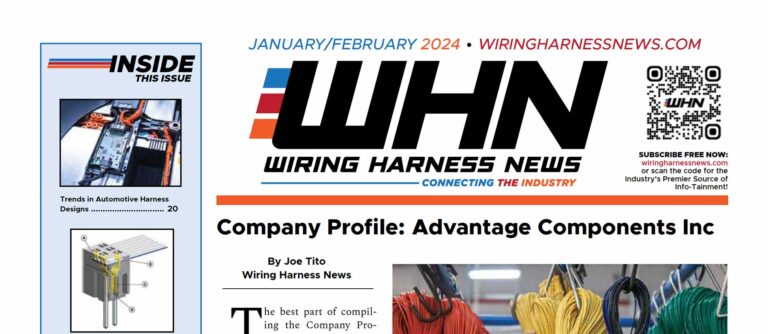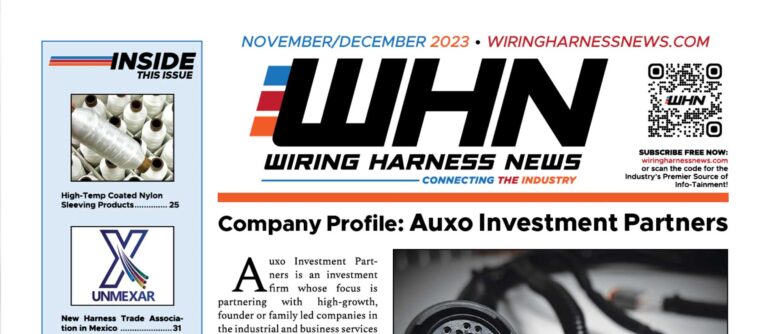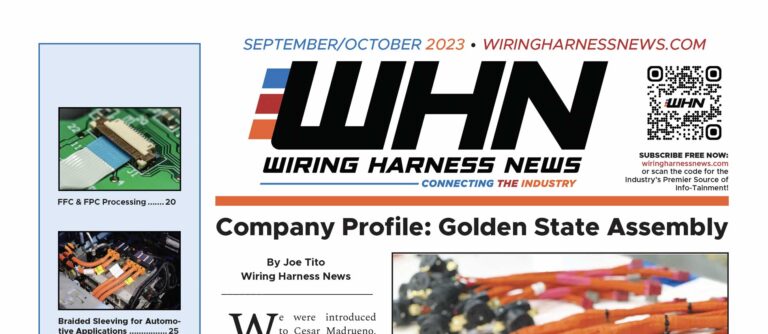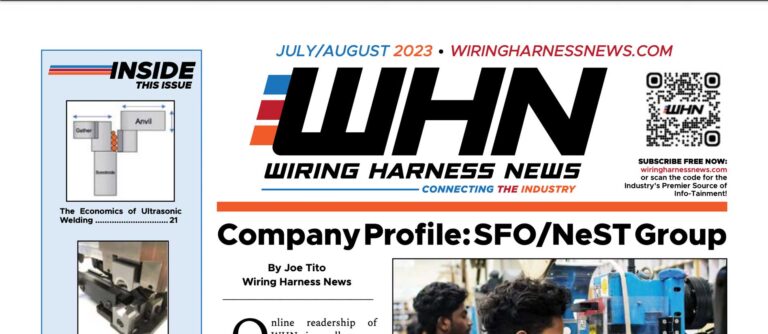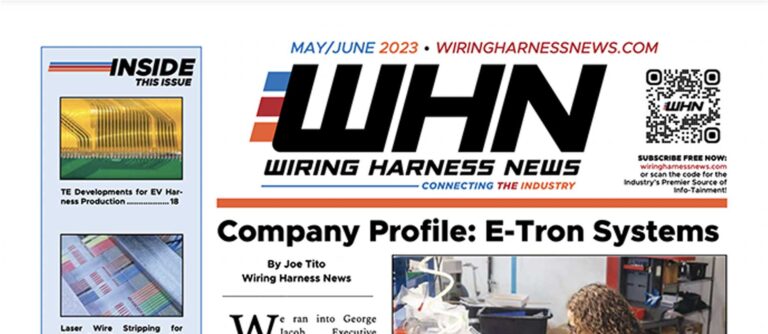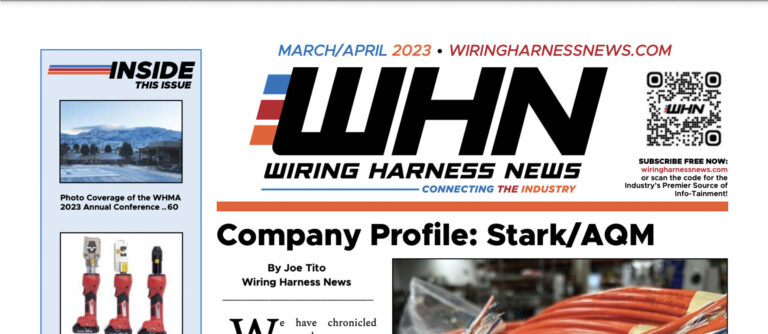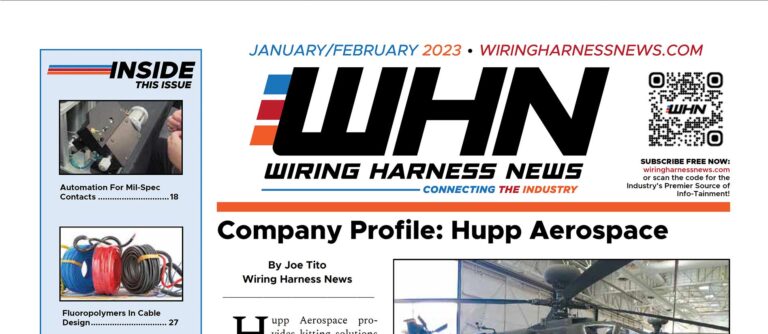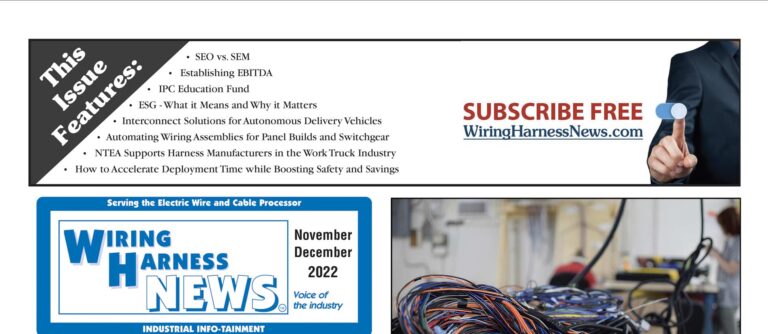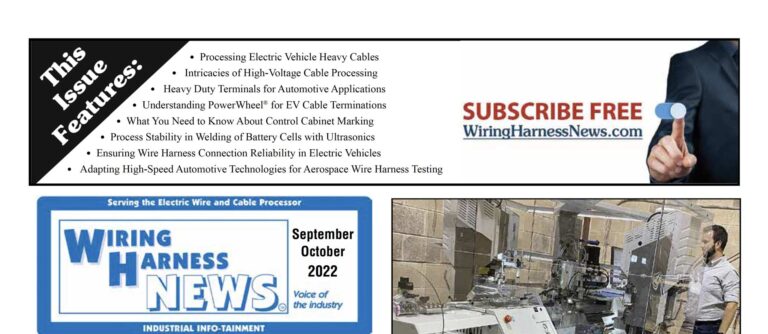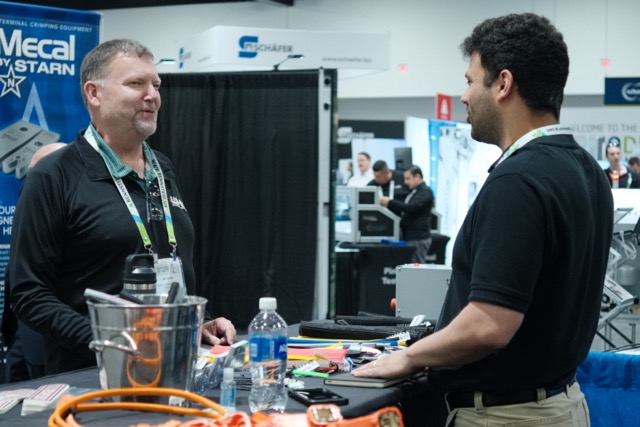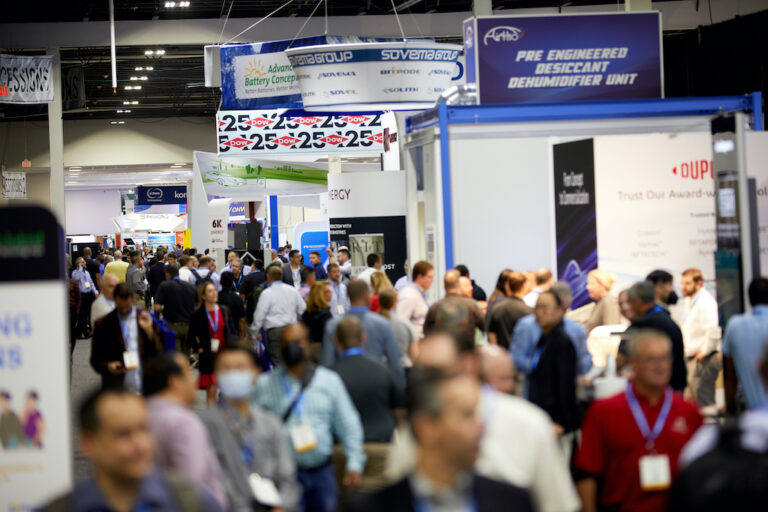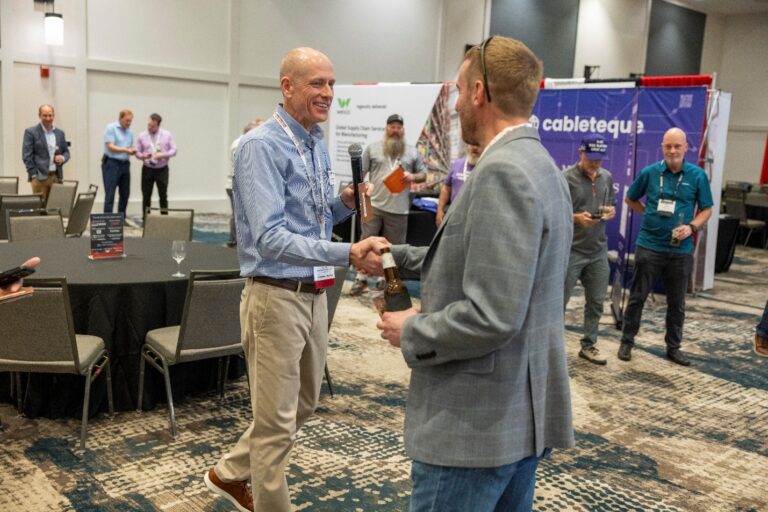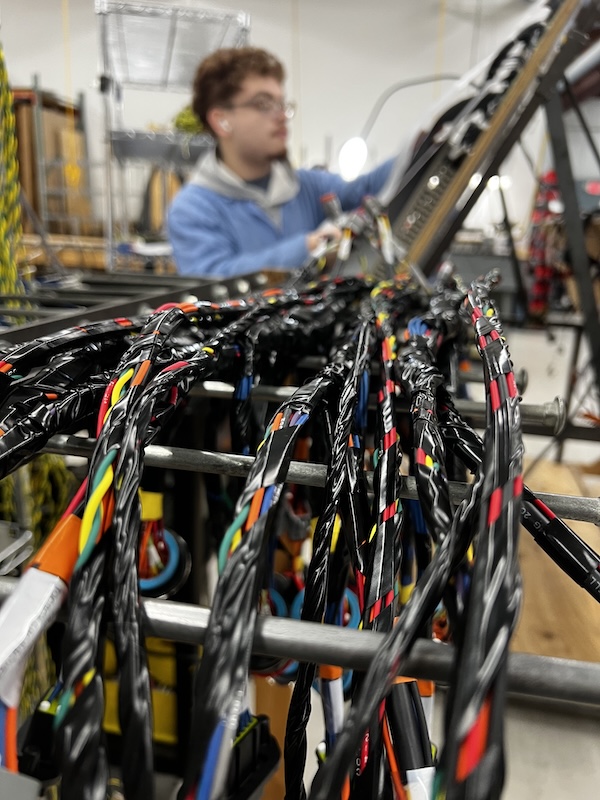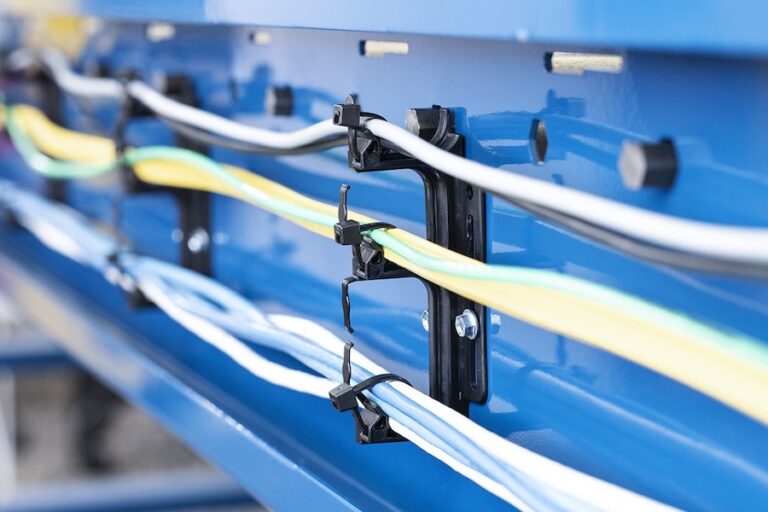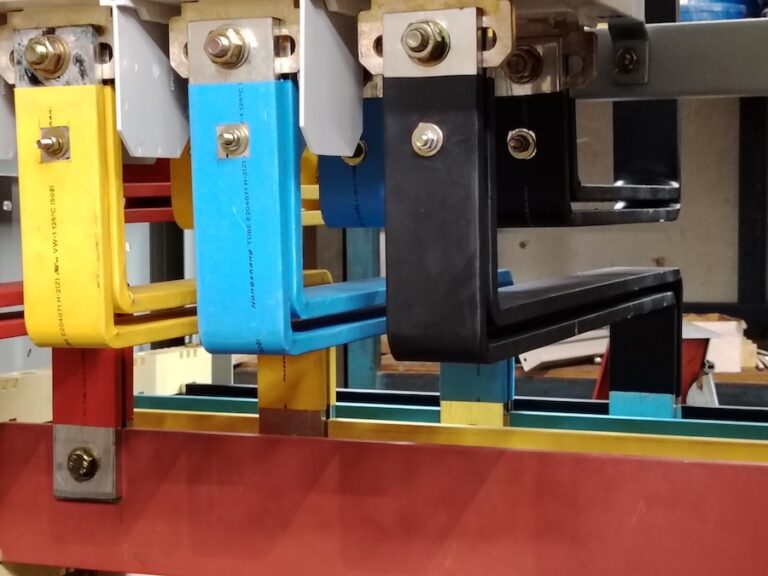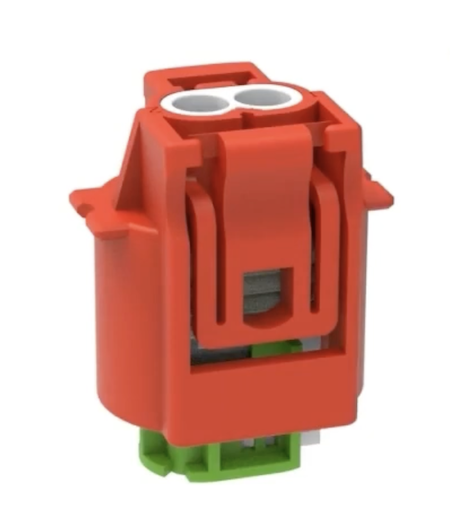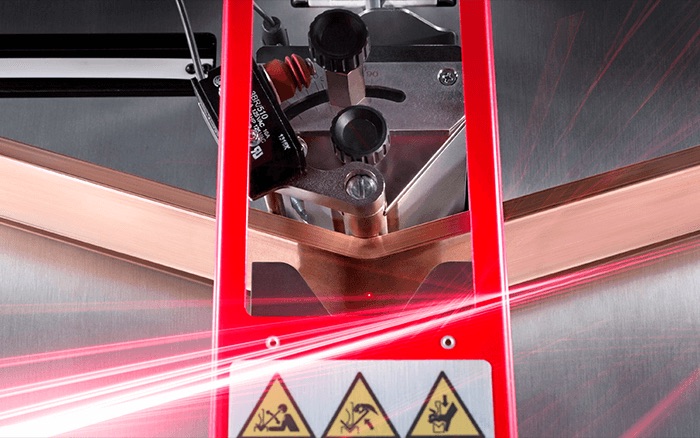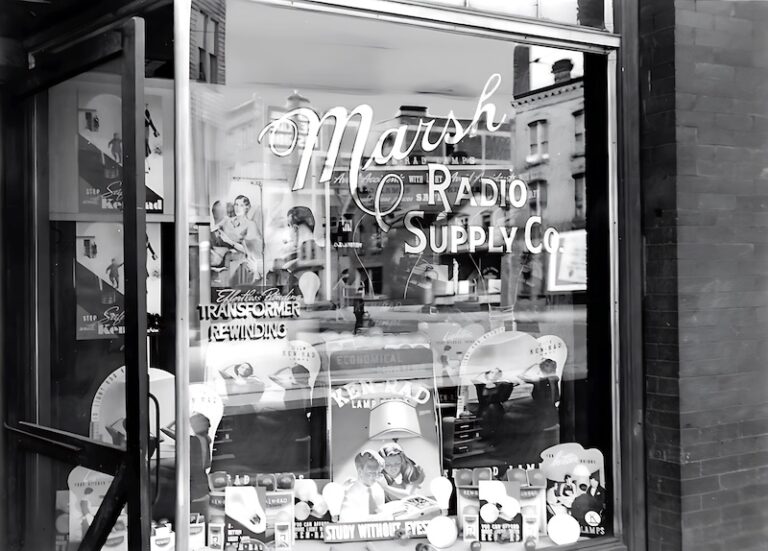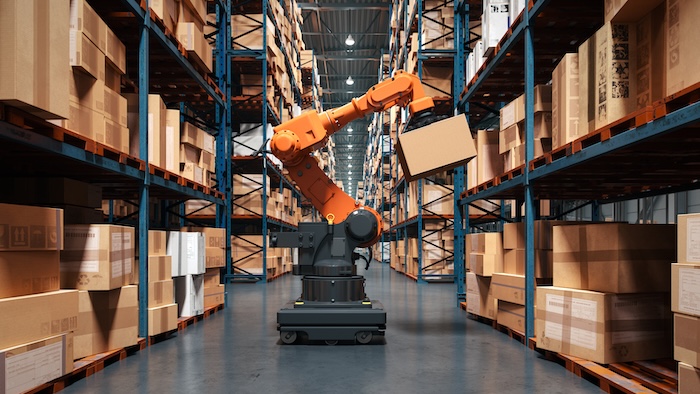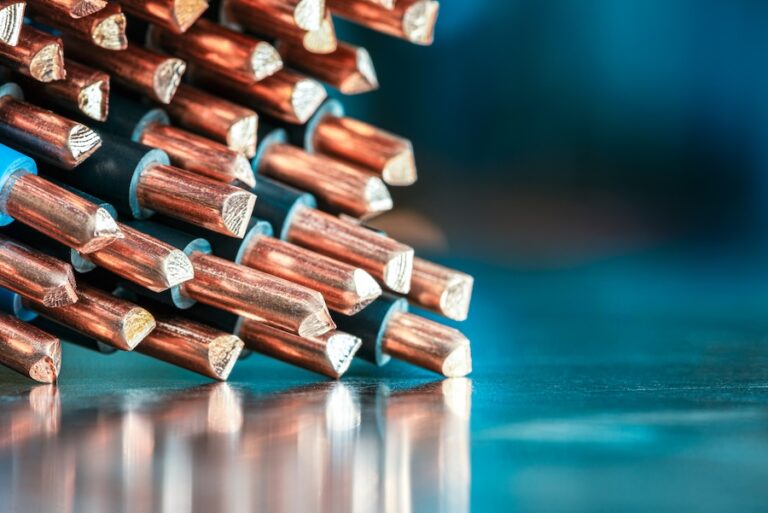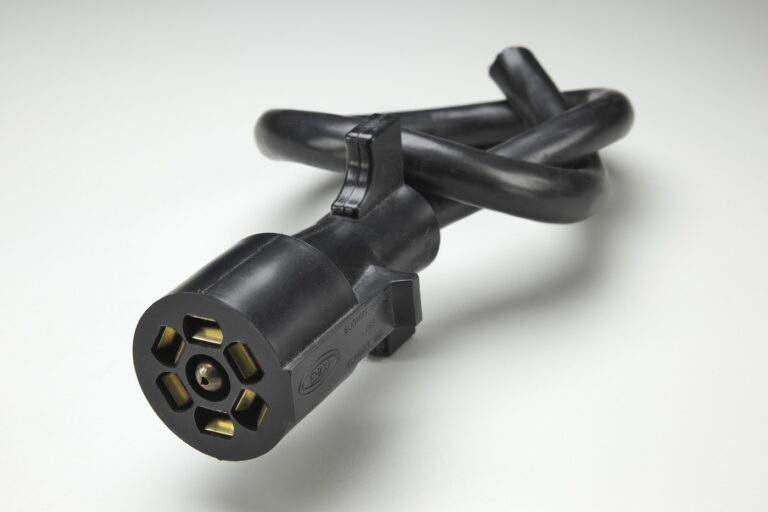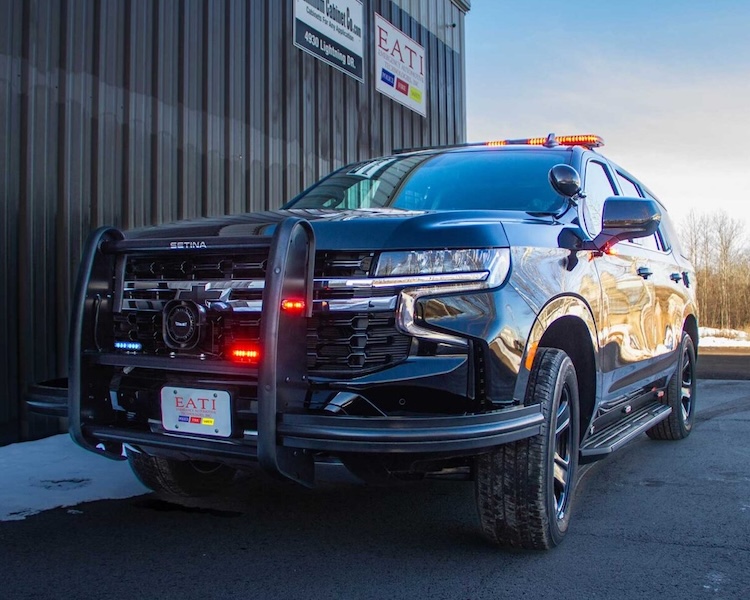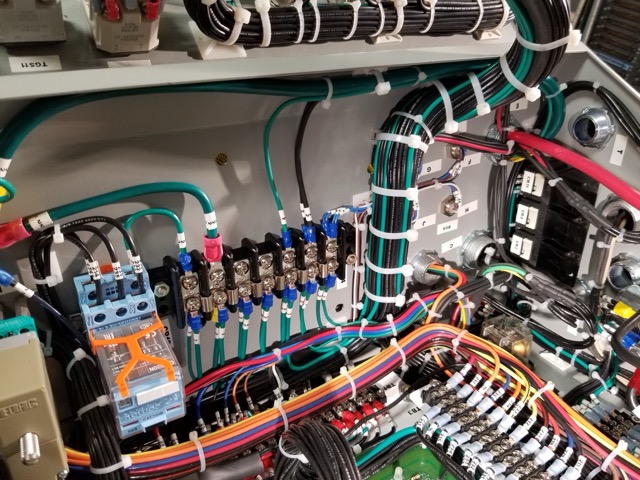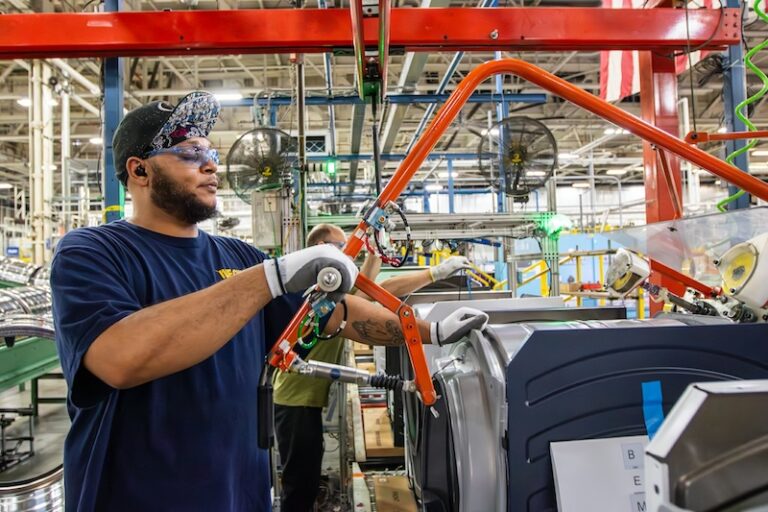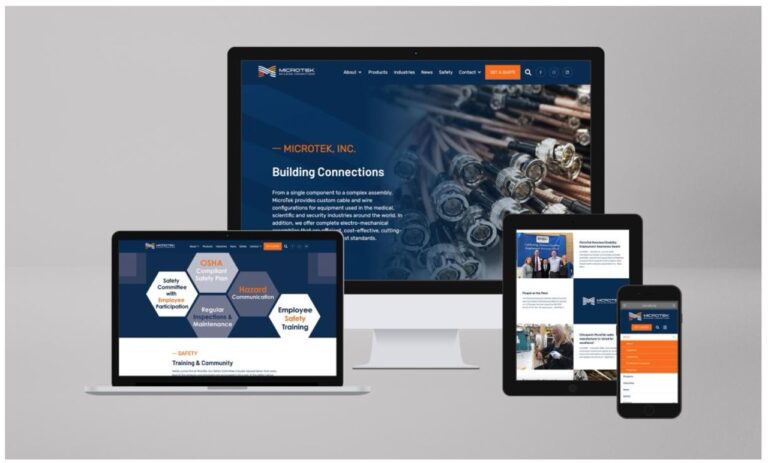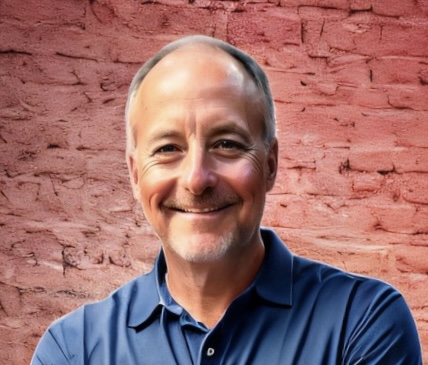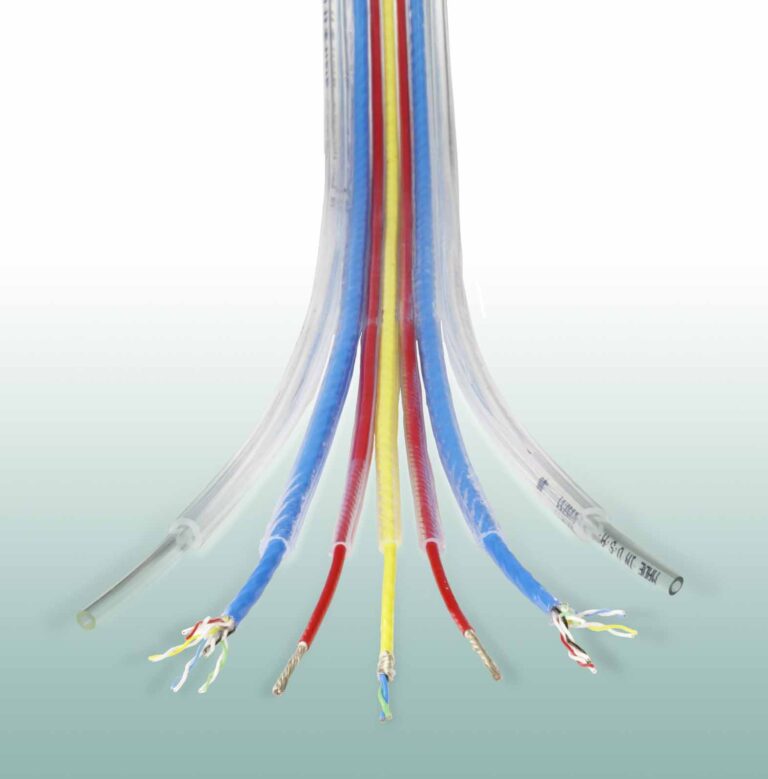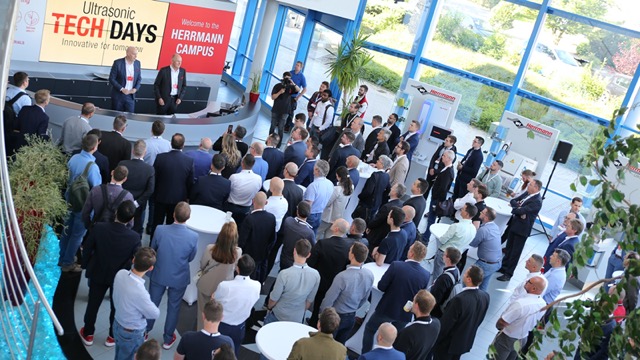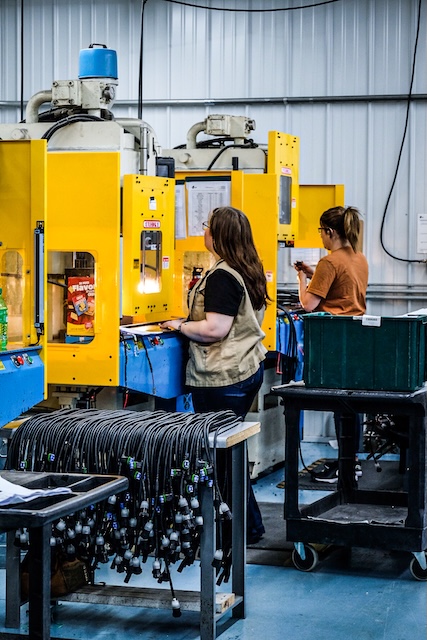InSource Technologies, Inc. has always embraced growth with discipline. The company, founded in 1997 by brothers Roger and Ken Manz along with a dedicated team of co-founders, has built its reputation on balancing innovation with operational excellence. WHN did a full profile on InSource back in 2022 (go to wiringharnessnews.com and enter InSource in the search bar). Today, that balance is being tested by opportunity: growing customer demand for harness assemblies has led InSource to announce the formation of a new business unit, aptly named Wiring.
The decision underscores both the strength of InSource’s existing harness business and the company’s philosophy of dividing responsibilities to ensure responsiveness, quality, and customer focus. As Director of Sales & Marketing Larry Manz explained in a recent conversation with Wiring Harness News, the move reflects not just capacity needs but also a deliberate strategy to preserve the high standards on which the company was built.
Why a New Business Unit?
Some might ask why InSource didn’t simply expand its existing harness operations. For Larry, the answer is straightforward: “Based on our experience, we’ve found that as a business unit grows too large, it becomes more difficult to maintain our high standards in customer service and continuous improvement,” he said.
By creating Wiring as a distinct unit, InSource hopes to achieve sharper focus, higher responsiveness, and operational excellence. The approach is consistent with the company’s history. InSource has always maintained clear business-unit lines—whether in refrigeration, electronics, or harnesses—so that customers interact directly with the quality managers and supervisors best suited to their projects, while sales and customer service serve as the guiding traffic controllers.
The Wiring business unit began its transition on August 1, 2025, with co-founder Roger Manz taking the helm. Roger, who has long split responsibilities between refrigeration and harnesses, is now building a dedicated team for Wiring. While some shared responsibilities will remain during the transition, the plan is to divide customers between Harness and Wiring over time
Structure and Operations
At least initially, the division between Harness and Wiring is customer-based. One customer will launch under Wiring, with a second to follow after integration. In the longer term, Larry foresees specialization by customer type or sector. “Right now Wiring is the one taking on new business,” he explained, noting that Harness will continue to grow with existing customers who can take up any spare capacity created by the split.
Although Wiring will operate under the same roof as InSource’s other business units, it will have its own equipment, cells, and operational team. The decision avoids the overhead of establishing a separate facility while still allowing for clear delineation of responsibilities.
From a branding standpoint, InSource is keeping things refreshingly simple. For years, the harness unit has been called “Harness.” Now its sibling will be “Wiring.” Put together, the names form “Wiring Harness”—a clever nod, even if Larry downplays the intent: “We’re not very clever, although we think we’re clever,” he joked. Marketing, trade shows, and sales outreach will remain unified under the InSource umbrella, with no separate website or branding effort.
Customer-Centered Growth
Opportunities in wiring harness work have always been plentiful, but limited capacity meant InSource could only take on projects sporadically. The company has even resorted to what Larry calls “capacity slicing”—allocating only a portion of production to certain customers. While effective for managing workloads, it is never ideal for customer relationships. Customers who rely on InSource for timely, high-quality work naturally want to grow alongside the company, not within limits.
By increasing capacity through a new business unit, InSource aims to honor those relationships, maintain reliability, and capture new opportunities without jeopardizing existing commitments.
Industry Backdrop: A Good Time to Be in Harnesses
The timing of Wiring’s launch aligns with favorable industry dynamics. During our conversation, Larry and Wiring Harness News compared notes on what’s driving today’s harness market.
Private investors are noticing the profitability of harness businesses, with at least one start-up securing $14 million in backing within its first year. Meanwhile, private equity firms are actively acquiring established harness companies, a trend that validates the sector’s strong fundamentals.
Reshoring is another powerful force. Companies like GE Appliances are investing heavily to bring production back to U.S. facilities, and similar moves are happening in Europe and other regions. For wire harness suppliers, this shift means more opportunities in the low-volume, high-mix segment, where responsiveness and flexibility carry a premium.
As Larry noted with a smile, “That’ll last until they figure out wireless power.” But even as wireless communication expands, the demand for wiring has only grown. More complex devices, controls, and systems often require more harnesses, not fewer.
Staying Active in the Market
InSource plans to continue its strong presence at trade shows, with exhibits scheduled at WireTech in El Paso, the Wiring Harness Manufacturers Association (WHMA) Conference, and other industry events. The company is also testing new markets, including exhibiting at the Industrial Vehicle Technology (IVT) Expo in Chicago, which focuses on hydraulics, control panels, and remote controls for construction and agriculture.
Meanwhile, InSource’s equipment division, BraiderBot, continues to gain traction, with recent sales providing a boost of momentum (look for a case study with SurePoint Electronics in this issue).
Looking Ahead
For InSource, the launch of Wiring is less about reinvention than it is about careful scaling. By dividing responsibilities, the company preserves its customer-first culture while freeing capacity for growth. With Roger Manz steering the new unit and the entire organization aligned behind the strategy, InSource appears well-positioned for the next chapter.
Larry acknowledges that the move is not without complexity—customers who work across multiple business units must navigate different managers and supervisors—but InSource has long relied on direct, transparent customer engagement to keep communication clear.
In the end, Wiring is another chapter in InSource’s ongoing story: a company that continues to grow, adapt, and thrive without losing sight of its founding principles. Or as Larry put it simply, “This is an exciting opportunity to strengthen InSource and better serve our valued customers”.

